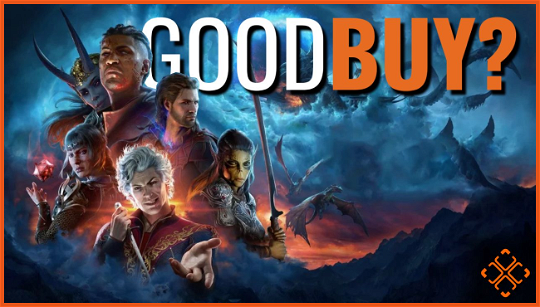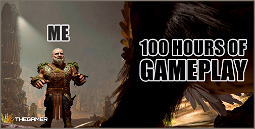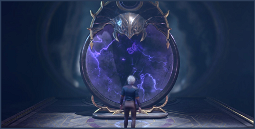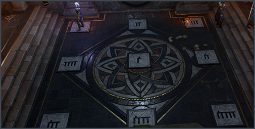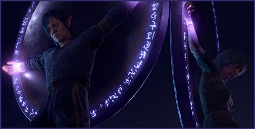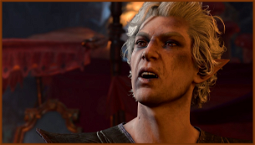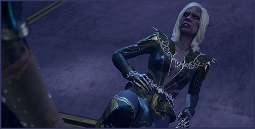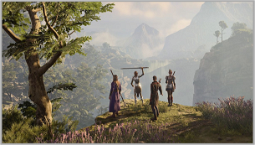Baldur's Gate 3
Baldur’s Gate 3 is finally here, delivering on all the hype from its Early Access release, with the full game offering 80 to 100 hours of D&D 5e gameplay. The latest in the iconic series of CRPGs stands out among other stellar games released in the same year, with great writing and engaging combat drawing me into a world full of player choice.
The RPG game’s core aspects focus on story and player choice, with every decision having consequences and creating an experience that feels unique to you. The storytelling merges well with the gameplay mechanics, creating new and exciting side content that feels natural despite its seemingly out-of-place appearance. There is also a large variety of player choices on offer, from character creation to narrative decisions and interactions with NPCs.
The game offers a large amount of content right from the start, with the first act lasting around 30 hours, and the full game offering 80 to 100 hours of gameplay. There are multiple origin characters to choose from, adding to the game’s replayability, and the Collector’s Edition comes with some digital cosmetics as well as some physical items, such as a Mindflayer statue.
This is one of the biggest CRPGs I have ever played, and that’s saying something considering I’ve sunk countless hours into both Fallout 3 and Skyrim. The sheer scale of the world and the amount of side quests available is staggering – and even more impressive considering this is just the base game before even considering the Ashes of Amn expansion.
Baldur’s Gate 3 review – player choice
As I said above, this game is all about player choice, so let’s talk about some of the core aspects where you can make decisions.
The first thing you’ll do in the game is create your character, and there are a lot of options available to you. You can pick from an array of origin characters including a berserker, a cleric, a rogue, and a sorcerer, each with their own class and set of starting abilities. There’s also a manual character creation option if you want to create your own custom character, which I didn’t try but will likely be a popular choice among D&D 5e players.
After that, you’ll be faced with a variety of player choices as you play. For example, there are multiple factions you can join or leave at different points in the game, and there are a lot of quests with different outcomes depending on how you approach them.
The game’s storytelling is its strongest point, with every decision I made in the game feeling like it had real consequences. I’m someone who likes to make my decisions based on the logic of the universe, so when I can see a clear outcome from a decision I made, it makes every action feel meaningful.
I’m a massive fan of the Fallout games, but even they don’t quite have this level of player agency in their storytelling. For example, if you piss off a certain someone in Fallout 3, you might get a slightly different ending, but you won’t have turned them into a dragon and they won’t have burned out half of the Capital Wasteland.
Baldur’s Gate 3 review – combat
The combat is the one aspect I had the most mixed feelings about. There are two different combat modes you can use, the more traditional turn-based combat or the more action-oriented real-time combat. I spent the first two hours with the game in real-time combat, but I quickly realised that it felt a bit too simplistic and I wasn’t making good use of party members’ abilities, so I switched to turn-based.
Once I did that, I found that I was much more engaged with the combat, and it became a lot more fun. I don’t think I’ll leave the game in turn-based mode for the entire playthrough, but it’s definitely the superior option and worth experimenting with.
